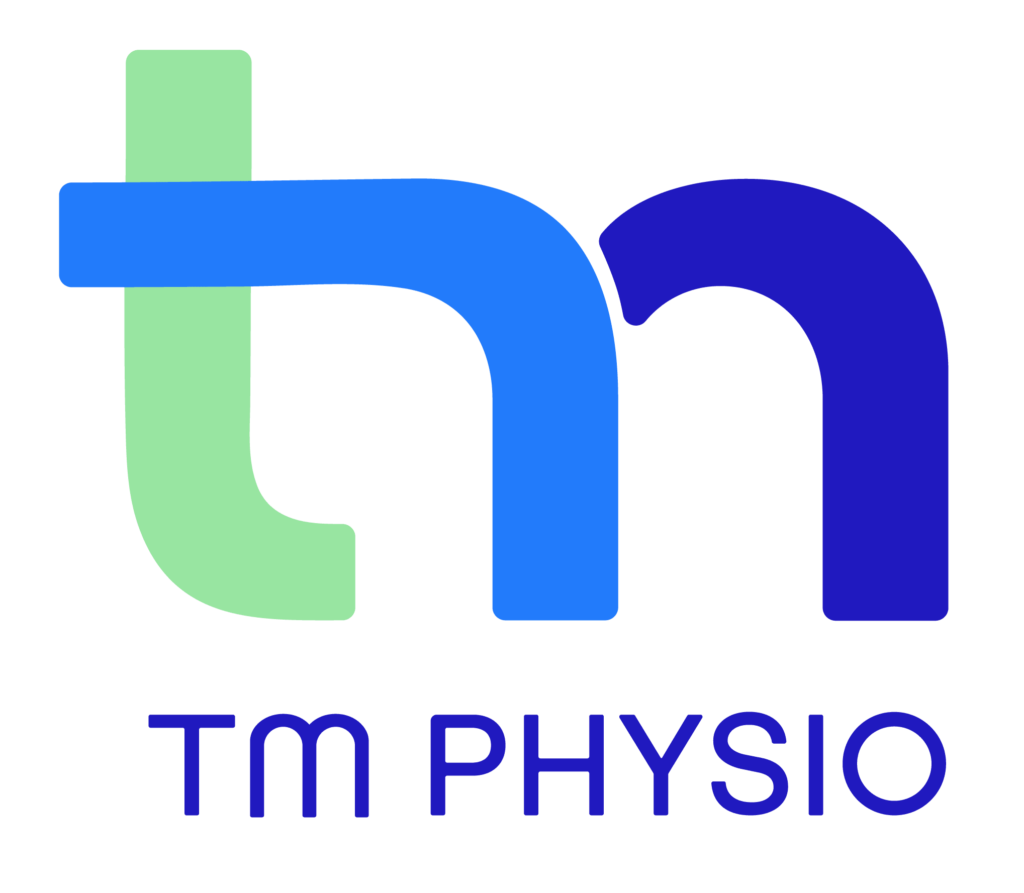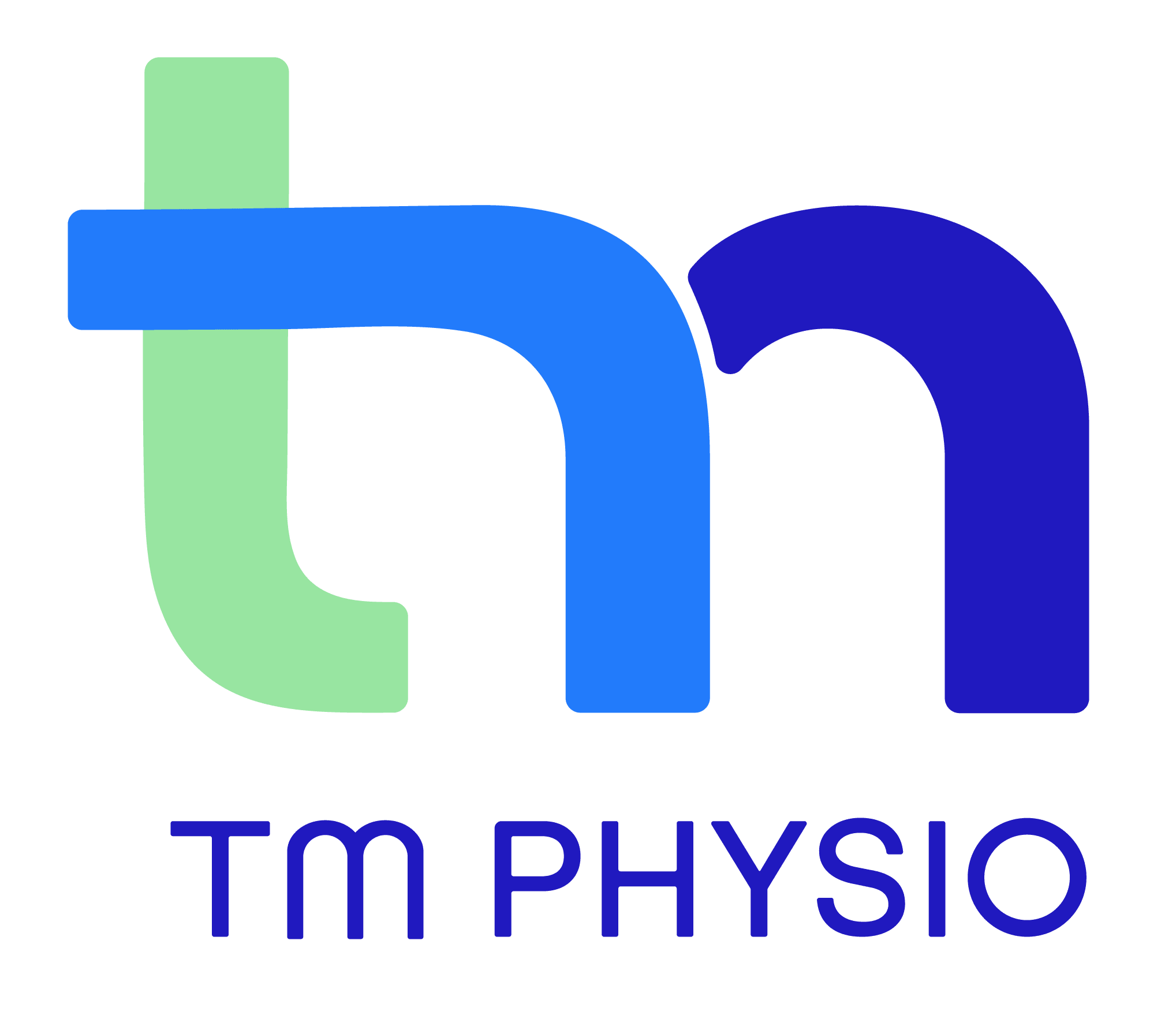Whiplash
What is a whiplash neck sprain?
A whiplash neck sprain occurs when your head is suddenly jolted backwards and forwards in a whip-like movement usually caused in motor car accidents known as a “rear-ender”. These movements generate considerable force, typically causing the neck to move far beyond the normal range of movement and causes damage to the delicate supporting structures of the neck. Whiplash is effectively a sprain of the joints in the neck – physiotherapists refer to this as a vertebral dysfunction.
Whiplash can also result from forceful sporting injuries that cause similar stress to the neck joints, ligaments, muscles and discs.

Who gets whiplash?
Whiplash symptoms
- Pain in the neck
- Head feels too heavy for the neck
- Reduced neck movement
- Neck stiffness
- Pain into the shoulders and arms
- Tingling in the arms and fingers
- Dizziness, headache, blurred vision and pain on swallowing
- Irritability and difficulty to concentrate

Whiplash treatment
Physiotherapy management of whiplash is extremely effective. All physiotherapy care initially consists of a through history, orthopaedic, neurological and spinal examination to determine the exact location of your neck pain. Diagnostic imaging such as Xray, CT,MRI and posture pro scans may also be required to fully assess any damage.
As your pain decreases, and your stability improves, your physiotherapist will massage and gently mobilise your spine to help improve your neck function and reduce nerve pressure.
Whiplash responds very well to physiotherapy treatment, with most people experiencing significant improvement within weeks of beginning care.

